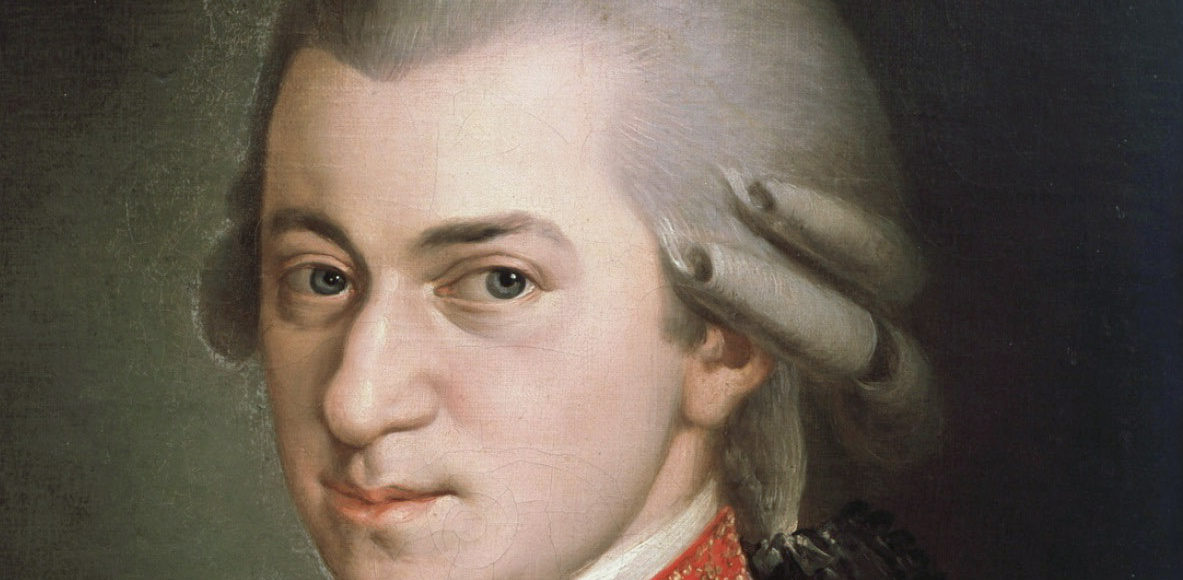When the headlines are dominated by stories of legendary classical stars engaging in the worst behaviour imaginable, it helps to just focus on the life-affirming power of the music itself.
Friday night I broke my own rule of never reviewing Handel’s Messiah for Alexander Shelley’s first performance of the work with NACO, in the rarely heard Mozart arrangement from 1789. With such fresh orchestral colours and stirring singing, it was worth the personal transgression.
The most striking difference in Mozart’s version is the expanded parts for woodwinds and brass. The addition of the clarinet, a new-fangled, seldom deployed instrument in Handel’s time but a fixture by Mozart’s, was especially noticeable. The new palette and textures add an element of discovery to the familiar movements. There was sinuous, chromatic writing for the winds in the the tenor aria Thou shalt break them, and a wonderful bassoon accompaniment in Ev’ry valley. Having the trombones double the basses in their solo opening statement of the final Amen fugue was a stroke of genius. Overall the colour reminded me of the Mozart Requiem, particularly the opening Introit, or even the beautiful woodwind parts in the Symphony No. 40.
Mozart also does some Austrian kung-fu on the solo arias, such as giving the famous alto aria But who may abide to the bass, or the soprano showpiece, Rejoice greatly, to the tenor. This topsy-turvy lineup didn’t always eclipse the original; for example, I found the plangent tenor aria, Behold and see, sat in an awkward, unflattering register for the alto. And handing some of the choicest choral entrances over to the solo quartet was just not cricket.
It’s the choir that makes or breaks Messiah, and on Friday it was solidly in MVP league. The Cantata Singers were joined by the Capital Chamber Choir and the Ewashko Singers, as well as a surprise ringer in the form of Governor General Julie Payette, her curly mane unmistakable at the end of a row of sopranos (and I should know, I sang next to her for years in Montreal). Attack was pingy, tuning immaculate, the melismatic singing crisply defined.
Shelley, who never falls back on clichés, conducted with thrilling attention to counterpoint, colour, and especially narrative impact. Tempi were just so, neither breakneck (as with some period instrument groups) nor plodding. I wish he had allowed for a bit more florid Baroque ornamentation, both from the vocal soloists and the instrumentalists, but no doubt this was done for musicological reasons (that style would have been out of fashion in Mozart’s day)
Among the four soloists, soprano Jessica Rivera was outstanding. She has a voice of almost miraculous evenness and control, with the most attractive, elegant colour and flawless production through every note of her range. Combine this with sensitive, intelligent, urgently communicative musicality, and this is a singer I would happily listen to in any repertoire.
Mezzo Susan Platts is consistently superb, although I felt that some of this music sat very low for her. Baritone Tyler Duncan has power and expression in spades, but his vibrato can be wildly uncontrolled — his triplets in Why do the nations had no shape or clarity at all, and just sounded like one broad tremolo.
Young tenor Isaiah Bell was musically in his element, impressing with the natural refinement of his phrasing and his exceptionally beautiful middle register, which has acquired more depth and velvety warmth as he matures. But his usually easy, light high notes sounded tight and dry, almost strangled at times. I hope this was due to a passing bug, and not indicative of more serious, long-term technical issues.







